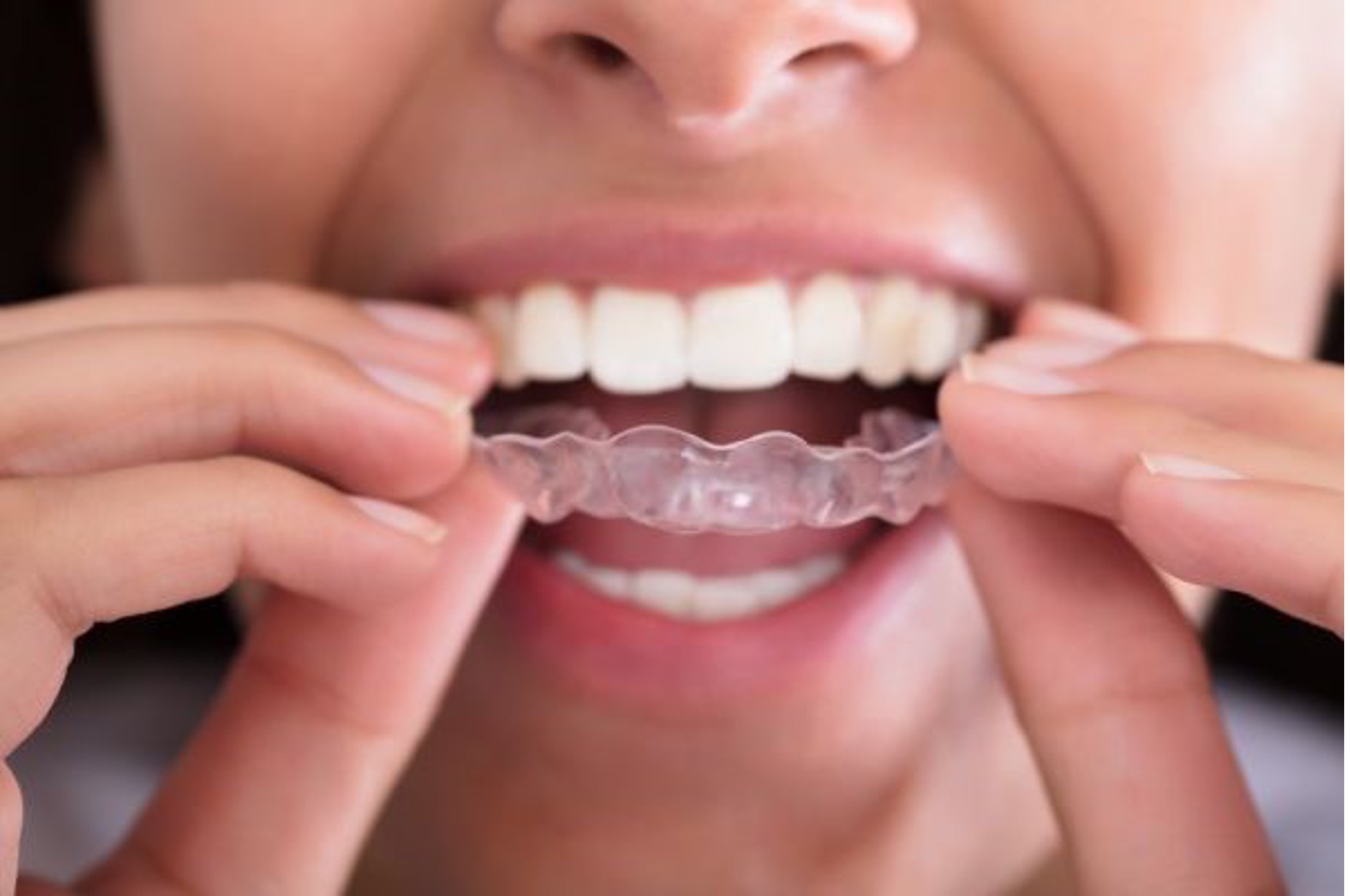
It seems like almost every day I meet a new patient who wears a device called a ‘nightguard’. There are so many issues with this ‘nightguard’ thing so let me just get right to it. First of all, in almost all patients who clench or grind their teeth the articular discs in the jaw joints are out of place. The displaced disc will inherently cause an inflammation or irritation in the joint area and many people will tend to clench or grind to help alleviate that irritation – just like if you popped your kneecap out of place in high school and coach tells you to ‘walk it off’- you are trying to pop that disc back into place and it just won’t go. In addition, some of the research is now suggesting we clench or grind to stimulate our dilatory muscles in the throat to open the airway. So if you have an airway problem that is going undiagnosed, the nightguard might be covering up this problem that you really should be aware of and you really should treat. Get it? Good.
Now let’s discuss the two types of nightguards- one is for the upper jaw and one is for the lower jaw. The lower nightguard is perhaps the less invasive of the two choices because it basically adds vertical height to the lower jaw and protects the teeth while opening up the space in the jaw joint and protecting the discs inside the joints. But, and this is a big but, the next morning when you take out your nightguard, and if the discs have moved around because the nightguard took the pressure off them all night, and you bite down on a bagel, you just might bite into a disc and damage it even more. If you are a dentist reading this blog, please think about this. Your patient might have displaced discs, might have sleep apnea, and although you mean well, it might be wise to analyze the situation a good bit more. It might be wise to figure out WHY they clench and grind.
The other type of nightguard, the upper version, actually is less favorable than the lower and for more reasons. Of course, it might mask over an underlying TMJ or sleep apnea problem and this is not good- my analogy with my patients is that if you have a broken leg you need a cast, not a bandage on it. Yes, this oversimplifies things, but you get it. The other issue with that upper nightguard is that when you bite down, it tends to push the jaw bones back into the joints which can damage the discs. Also, it blocks proper tongue position on the roof of the mouth because that is where the acrylic base of the nightguard lies. The other problem with an upper nightguard is that it tends to slow down cranial motion. What this means is that the brain moves with each pumping of the blood and this movement is what helps to keep it healthy. So a hard acrylic appliance might slow down this important motion.
As you can see, it might be prudent to delve deeper into why that patient grinds and clenches their teeth so much. Is there an underlying sleep disorder that is not being diagnosed? Are the articular discs in the TM joints displaced? I know we were all taught in dental school that you just put in a nightguard to protect the teeth, but if the problems run deeper than that, perhaps it might be time to take the time to figure things out.
